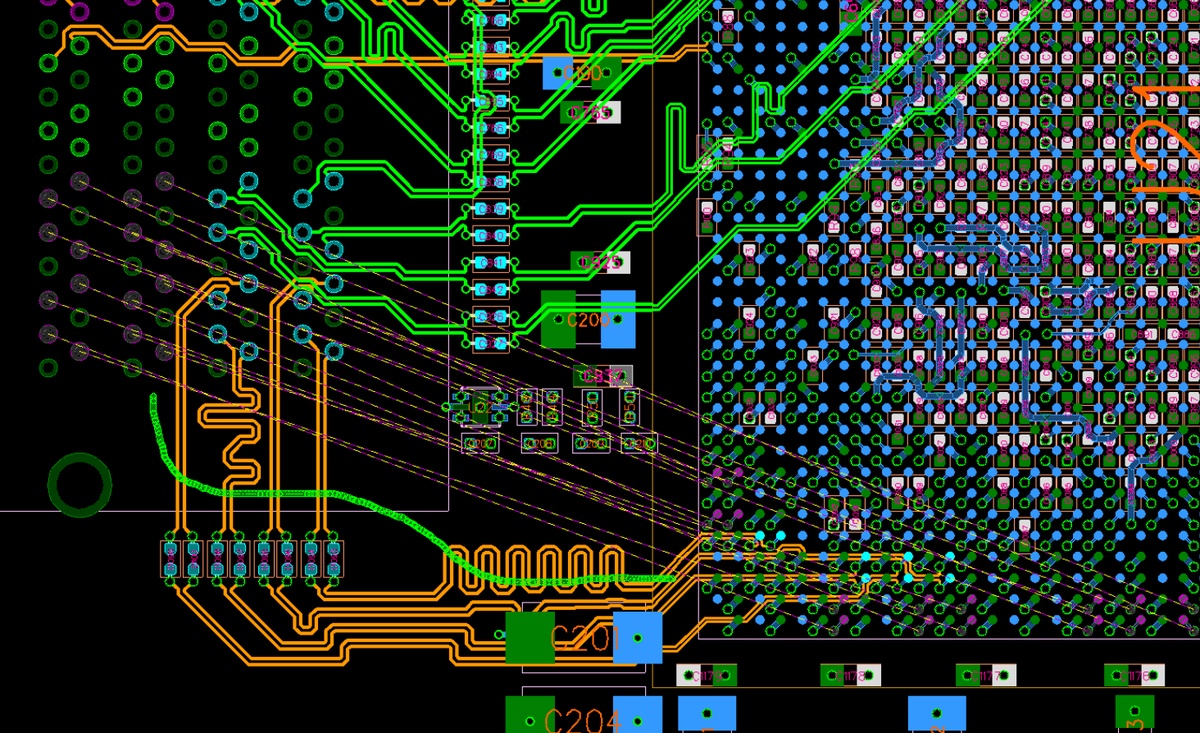In Electronic Design Automation (EDA), UVM (Universal Verification Methodology) plays a pivotal role in ensuring the reliability and functionality of digital designs. Two key components within the UVM framework are Register Models and Testbenches. Let's delve deep into each, exploring their features, functionalities, and addressing their limitations in the ever-evolving landscape of EDA.
UVM Register Model:
Features:
A UVM Register Model is a representation of hardware registers in a digital design. It provides a standardized and reusable way to model registers, fields, and their associated behaviors. The key features include:
-
Abstraction: UVM Register Models abstract the details of the underlying hardware, making it easier for verification engineers to interact with and verify the behavior of registers without delving into low-level hardware details.
-
Configurability: These models are highly configurable, allowing users to adapt them to different design specifications seamlessly. This configurability enhances reusability across multiple projects.
-
Automation: UVM Register Models often come equipped with automation features, enabling the generation of register sequences for various scenarios. This automation significantly reduces the effort required for verification.
-
Self-Checking: The models are designed to be self-checking, allowing for efficient verification of register read and write operations. This self-checking capability aids in the early detection of issues during the verification process.
Limitations in EDA Industry:
Despite its advantages, UVM Register Models face some limitations in the EDA industry:
-
Steep Learning Curve: Implementing UVM Register Model requires a solid understanding of the UVM methodology, which can pose a challenge for engineers new to the framework.
-
Limited Support for Non-Standard Registers: UVM Register Models may struggle when dealing with non-standard or complex registers that deviate from conventional designs, limiting their applicability in certain scenarios.
UVM Testbench:
Features:
A UVM Testbench is a comprehensive environment for verifying digital designs using the UVM methodology. It consists of various components, including the test, environment, sequences, and the UVM Register Model. Key features of UVM Testbenches include:
-
Reusability: UVM Testbenches promote reusability by allowing the modular design of verification components. This modularity facilitates the easy integration of pre-verified blocks into new projects.
-
Coverage-Driven Verification: UVM Testbenches employ a coverage-driven verification approach, ensuring that the design is thoroughly exercised. This methodology aids in identifying untested or under-tested areas of the design.
-
Randomization: The use of constrained randomization in UVM Testbenches enables the generation of diverse and unpredictable test scenarios, enhancing the effectiveness of the verification process.
-
Scalability: UVM Testbenches are scalable, making them suitable for projects of varying complexities. This scalability ensures that the verification environment can evolve alongside the design.
Limitations in EDA Industry:
-
Complexity Overhead: Building a UVM Testbench, though powerful, introduces a certain level of complexity. The elaborate setup and configuration may result in longer development times.
-
Resource Intensive: UVM Testbenches can be resource-intensive, requiring substantial computational power. This may pose challenges in projects with strict resource constraints.
In conclusion, UVM Register Models and Testbenches are integral components in the EDA industry, contributing to the reliability and functionality of digital designs. While they offer a standardized and efficient approach to verification, their implementation requires a nuanced understanding of the UVM methodology. Acknowledging their features and limitations is crucial for effectively applying these methodologies in diverse design scenarios.


No comments yet